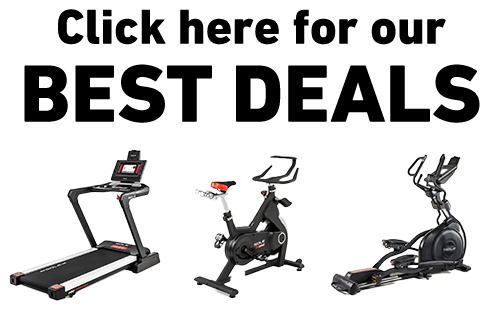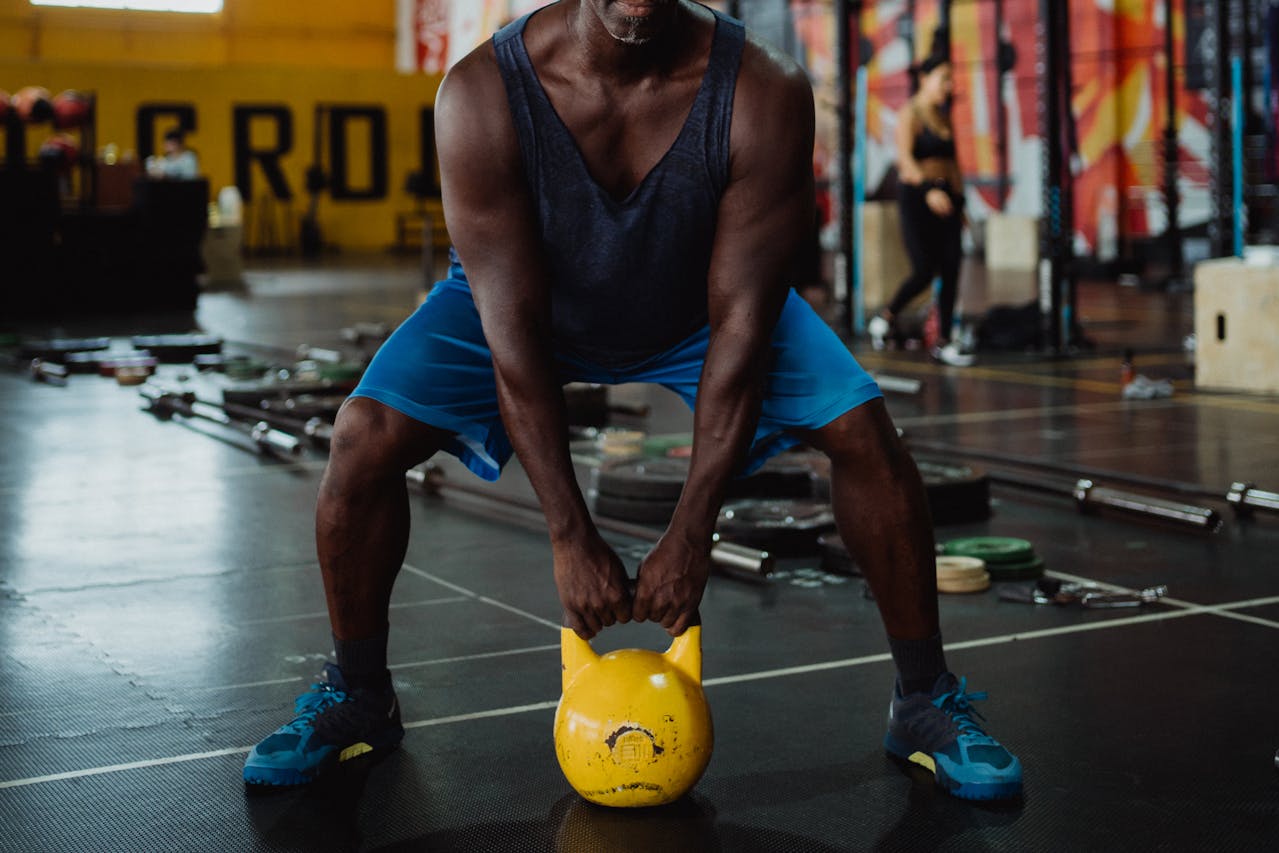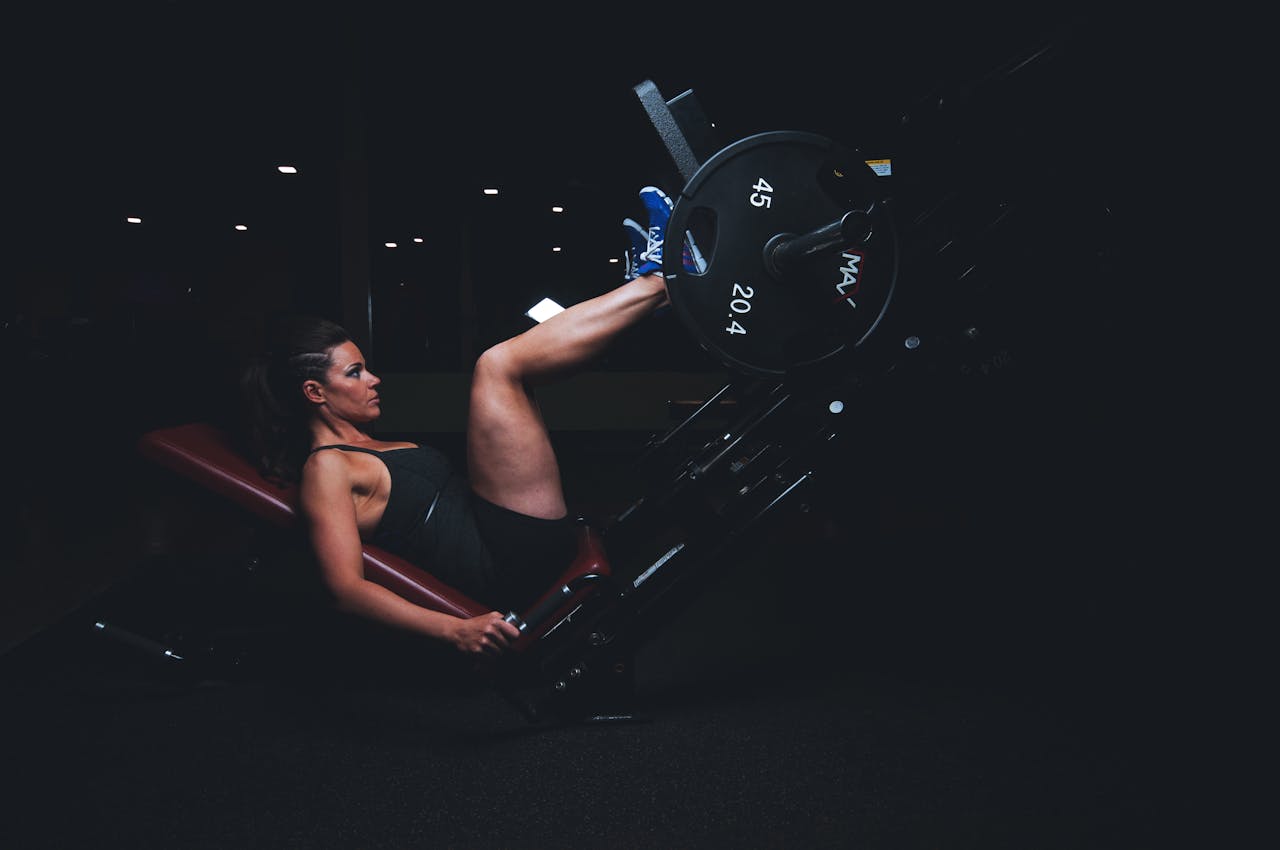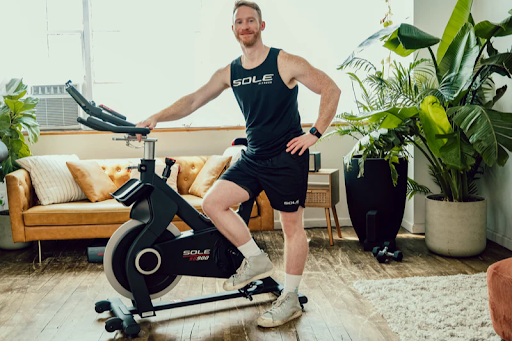Key Takeaways
- Goblet squats deliver a comprehensive full-body workout, targeting quadriceps, glutes, and core muscles while improving overall mobility, balance, and functional movement patterns for daily activities.
- Heel elevated goblet squats amplify quadriceps and glute activation through increased range of motion, making them ideal for addressing ankle mobility limitations and achieving deeper squat positioning.
- Progressive overload through weight increases, rep variations, and tempo changes transforms these fundamental movements into powerful tools for building lower body strength and muscle mass over time.
- SOLE Fitness's premium SW180 Adjustable Dumbbells and comprehensive strength equipment lineup provide the versatility and durability needed to master both squat variations and progress through your entire fitness journey.
Squat Basics: Which One's Right for You?
Goblet squats and heel elevated goblet squats are two squat variations that'll seriously level up your lower body game. Both are musts for building strength, but each brings something a little different to the table in terms of muscle focus.
It doesn't matter if you're just starting out or you're already a squat pro; mastering both can totally transform your workouts. Let's find out which one works best for you!
|
Build Your Foundation with Premium-Grade Strength Equipment! Complete Your Home Gym:
Why Choose SOLE Strength: ✓ Heavy-duty steel construction with rust protection 30-Day Money-Back Guarantee: Love it or return it, no questions asked. |
Goblet Squat: Proper Form & Muscles Worked
Get your legs, core, and glutes working with goblet squats. (Image courtesy of Lift Manual)
The goblet squat is a total classic. It's all about balance, engaging your whole body, and making those legs burn. Here's how you nail the form:
- Setup: Grab one of our SW180 Adjustable Dumbbells or a kettlebell, hold it close to your chest, and get that grip nice and tight. Feet shoulder-width apart, toes pointed slightly out, get comfy but stable.
- Lowering: Engage your core and squat down, bending your knees and hips. Keep your chest tall, back straight, no hunching. Your goal? Thighs parallel to the floor.
- Standing Up: Push through your heels and power back up. Feel those quads and glutes doing their thing.
The goblet squat targets multiple muscle groups simultaneously, making it an efficient compound movement. Here are the primary muscles engaged during this exercise:
Key Muscles Targeted:
- Quadriceps: These guys do the heavy lifting during the squat, think of them as your front-row squad.
- Glutes: Your glutes are your powerhouses, keeping you stable and strong.
- Core: A rock-solid core helps you stay balanced and keeps your posture spot-on.
Goblet squats are your go-to for a full-body workout, perfect if you're working on form or if you just want to strengthen that lower body. Whatever your level, this move is a must in your routine.
Heel Elevated Goblet Squat: Proper Form & Muscles Worked
For a deeper squat that targets those quads and glutes like never before, try heel elevated goblet squats. (Photo courtesy of Inspire USA Foundation)
Heel elevated goblet squats will take your squat game to the next level. By giving your heels a slight lift, you shift the focus, digging deeper into those quads and glutes. Here's how to do it:
- Setup: Place your heels on a small platform like weight plates or a wedge. Hold your dumbbell or kettlebell close to your chest, just like you would with the regular goblet squat.
- Lowering: Keep that chest up, push your hips back slightly, and squat down. With those elevated heels, you'll notice a deeper squat that fires up your quads and glutes in ways the regular squat can't.
- Standing Up: Push through those elevated heels, power up, and squeeze those glutes and quads. Trust us, you'll feel it!
This variation creates unique biomechanical advantages that enhance muscle activation patterns. The elevated heel position allows for several key benefits:
Key Muscles Targeted:
- Quadriceps: Slightly lifted heels make your knees travel forward, cranking up the quad activation.
- Glutes: The deeper squat targets your glutes more, so be ready for that glute burn.
- Core: A stable torso is key. Just like with the regular goblet squat, keep that core tight!
This variation is perfect if you're looking to kick up the intensity and really focus on building those quads and glutes.
Goblet Squat vs Heel Elevated Goblet Squat: Key Differences
|
Feature |
Goblet Squat |
Heel Elevated Goblet Squat |
|
Starting Position |
Stand with feet shoulder-width apart, holding weight close to chest |
Same starting position holding weight close to chest |
|
Foot Placement |
Feet flat on floor, toes slightly pointed outwards |
Feet positioned similarly but with heels elevated on a platform or wedge |
|
Heel Position |
Heels remain flat on the ground |
Heels elevated, which alters ankle angle |
|
Knee Tracking |
Knees track over toes |
Knees track slightly forward over toes, increased knee movement forward |
|
Depth |
Squat until thighs are parallel or below parallel |
Often allows deeper squats due to heel elevation |
|
Muscle Activation Focus |
Engages quadriceps, glutes, hamstrings, and core with balanced effort |
Greater quadriceps activation, less ankle strain, helpful for limited ankle mobility |
|
Balance and Stability |
Good natural balance, requires standard ankle mobility |
Heel elevation improves balance for those with limited ankle dorsiflexion |
|
Common Uses |
General lower-body strength and mobility work |
Aids squat depth, emphasizes quads, accommodates ankle restrictions |
|
Benefits |
Builds quad and glute strength, enhances squat form, improves flexibility |
Increased quad focus and squat depth, beneficial for mobility limitations |
Which Squat Should You Choose?
Selecting between these variations depends on your current fitness level, mobility limitations, and specific training objectives.
Choose Goblet Squats if:
- You're just starting out.
- You want to build overall lower body strength.
- You need to nail down that squat form and mobility.
Choose Heel Elevated Goblet Squats if:
- You're looking to crank up your quadriceps strength or deal with limited ankle mobility.
- You want to get that deep squat and really fire up your glutes.
- You're craving more intensity in your squat routine.
You’ll need our SW180 Adjustable Dumbbells to crush your squats!
Pro Tip: Don't be afraid to mix it up! Both squats can work together in your routine for that well-rounded leg day burn. For overall leg and glute toning, combine squats with treadmill workouts.
Elevate Your Home Gym Experience with SOLE's Innovation
At SOLE Fitness, we've spent decades engineering equipment that transforms homes into professional-grade training facilities.
SOLE Fitness's commitment to quality ensures every piece withstands the demands of serious training. No matter if you're perfecting basic goblet squats or advancing to heel-elevated variations, success depends on consistent progression and quality equipment that grows with your capabilities.
From adjustable dumbbells to Olympic barbells and weight plates, we have the gear that’ll help you power through your workouts. Combined with our 30-day trial period, comprehensive warranties, and award-winning customer service, SOLE delivers more than equipment, we provide the confidence to pursue your fitness goals without compromise.
From our headquarters to your home gym, we're committed to your success every step of the way.
Check out our strength equipment today!
Frequently Asked Questions (FAQ)
What is the difference between a goblet squat and a heel elevated goblet squat?
Goblet squats are performed with feet flat on the ground, targeting overall leg strength through the quads, glutes, and core with a natural range of motion.
Heel elevated goblet squats involve placing your heels on a small platform (2–4 inches), which shifts your body angle forward, allowing deeper squat depth and increased quadriceps activation. The elevation also helps individuals with limited ankle mobility achieve better squat form.
What muscles are targeted in a goblet squat?
Goblet squats provide comprehensive lower body engagement, primarily targeting the quadriceps (front thigh muscles), gluteus maximus (largest butt muscle), and core stabilizers including the rectus abdominis and obliques.
Secondary muscles include the hamstrings, calves, and upper back muscles that maintain posture while holding the weight. This makes goblet squats an efficient compound movement for total body conditioning.
Why should I elevate my heels during a goblet squat?
Elevating your heels creates several biomechanical advantages: it allows deeper squat depth by reducing ankle mobility requirements, shifts more emphasis to the quadriceps by increasing knee flexion, and helps maintain an upright torso position.
This variation is particularly beneficial for individuals with tight calves or limited ankle dorsiflexion who struggle to achieve proper depth in regular squats.
How can I progress from basic goblet squats to more advanced variations?
Begin by mastering bodyweight squats, then progress to goblet squats with light weight (10–15 lbs), focusing on perfect form and full range of motion. Gradually increase weight by 5–10 lbs every 2–3 weeks while maintaining proper technique.
Once comfortable with 30+ lbs, experiment with heel elevated versions, tempo variations (slow descents), or combination movements like squat-to-press exercises for added challenge.
What SOLE equipment is recommended for goblet squat training?
The SW180 Adjustable Dumbbells are ideal for goblet squats, offering quick weight adjustments from 5–80 lbs per dumbbell without requiring multiple weight sets.
Their ergonomic design and secure locking mechanism ensure safe, comfortable grip during squats.
Pair these with our weight plates for heel elevation, or consider our comprehensive SRVO All-in-One Trainer system for complete strength training versatility in your home gym setup.




Leave a comment
This site is protected by hCaptcha and the hCaptcha Privacy Policy and Terms of Service apply.